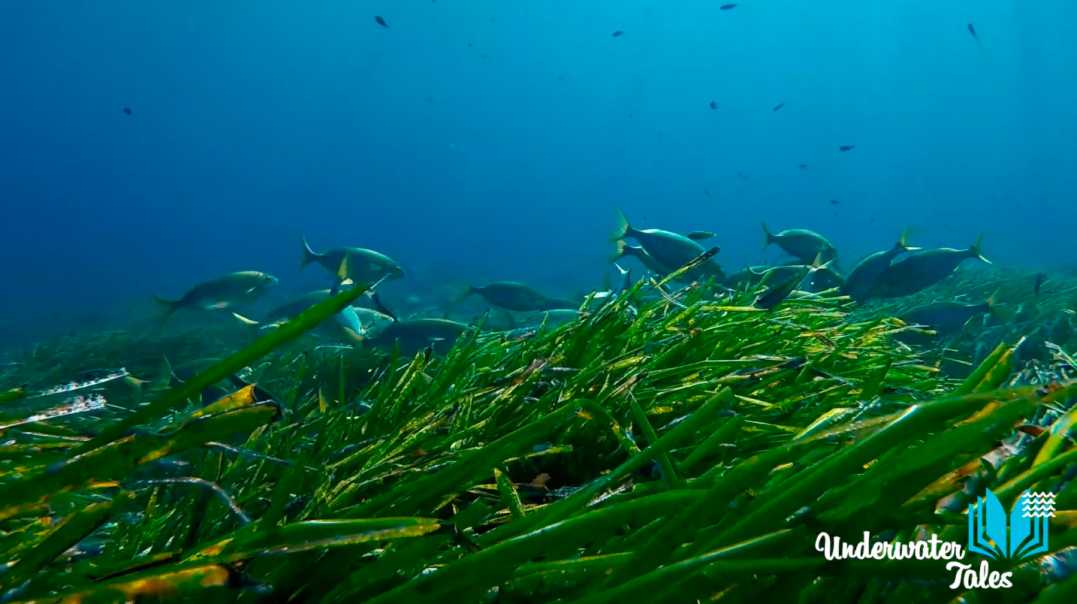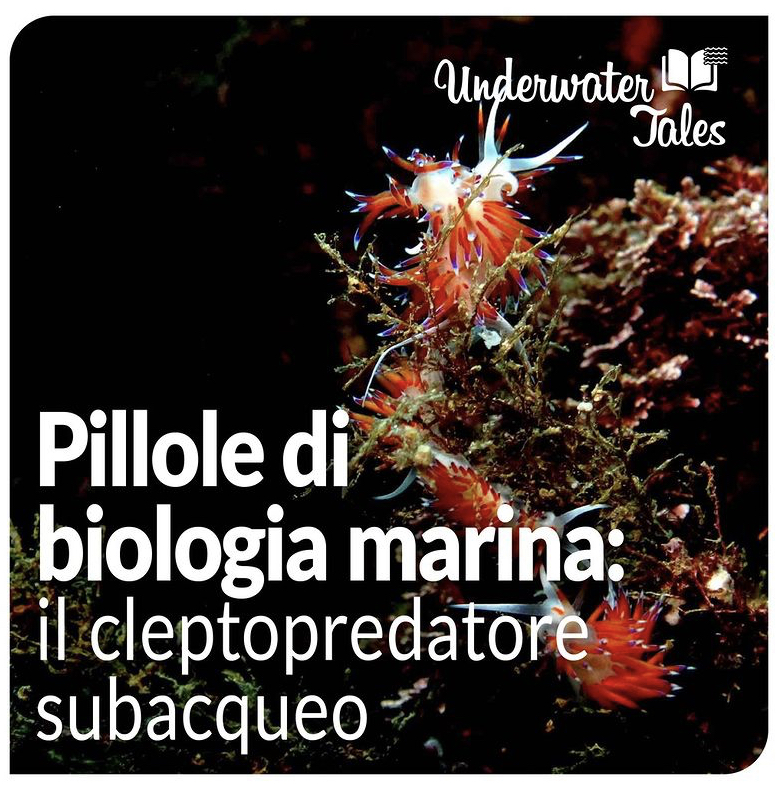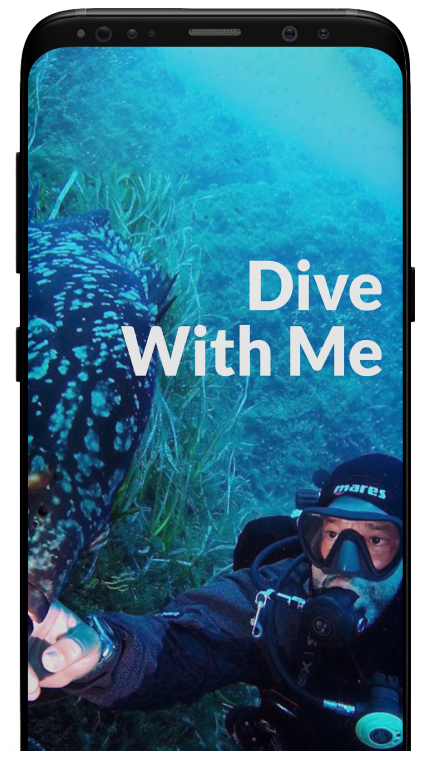The salpa, the hallucinogenic fish is a small and, apparently, harmless specimen with golden stripes. It lives throughout the Mediterranean and on the east coast of Africa. It swims close to the surface and contains various psychotropic substances in its head.
Underwater
They are flocks of sea that inexorably and uninterruptedly plow the seabed. They graze among the rocks in constant search of algae. They belong to the same family as sea breams and sea bream but differ from the others because they are exclusively vegetarians.
They are prolific and gregarious fish. It rarely happens to see them underwater alone. Their line is elongated, the oval body and the pointed snout. The small mouth is equipped with very sharp teeth. The longitudinal golden stripes make them sparkle.
We often find endless expanses of these golden fishes, while voraciously and relentlessly grazing. Any type of seaweed is welcome to them.
The salpa, the fish of dreams
Called in different ways, Salpa, Sarpa or Salema, it has a thousand-year history. It seems that even the ancient Romans used it as a recreational drug during their ceremonies.
Yet, scientifically, very little is still known. However, it must be said that it is the head, in particular, that causes hallucinogenic effects. While eating the rest of the body seems to have no contraindications.
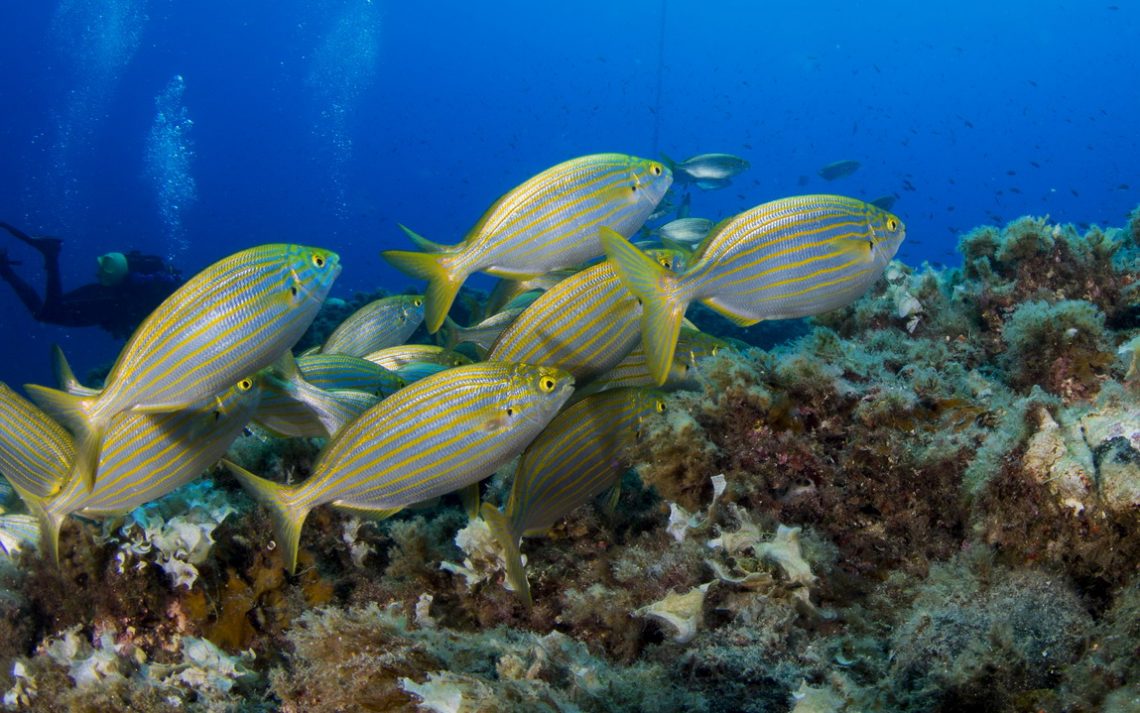
Clinical Toxicology Studies
Nel 2006, la rivista Clinical Toxicology pubblica gli studi effettuati sul Sarpa salpa. L’articolo racconta un uomo di quasi 40 anni che, nel 1994, dopo aver assaggiato questo particolare pesce, durante una vacanza in Costa Azzurra, avvertì debolezza muscolare, vomito e visione offuscata. Pare che durante il tragitto di ritorno a casa fu costretto a fermare la sua auto a causa di animali urlanti che lo distraevano. Portato in ospedale, guarì dopo 36 ore. Del periodo in cui stette sotto effetto del pesce allucinogeno, l’uomo non ricordò niente.
Successivamente, nel 2002, accadde la stessa identica cosa a un uomo di 90 anni, sempre in Costa Azzurra. Come l’altro, ebbe allucinazioni uditive di animali e persone che urlavano. Inoltre fece degli incubi terribili ma, nonostante ciò, decise di non dire niente a nessuno, in quanto pensò si trattasse di un problema mentale. Dopo due giorni, gli effetti del pesce allucinogeno sparirono.
Queste allucinazioni sono causa del fenomeno noto come ittialoeinotossismo, un raro tipo di intossicazione alimentare. Una biologa marina presso la Reef Ball Foundation, Chaterine Jadot, affermò nella sua ricerca che il Sarpa salpa innesca disturbi del sistema nervoso e causa effetti simili a quelli dell’LSD.
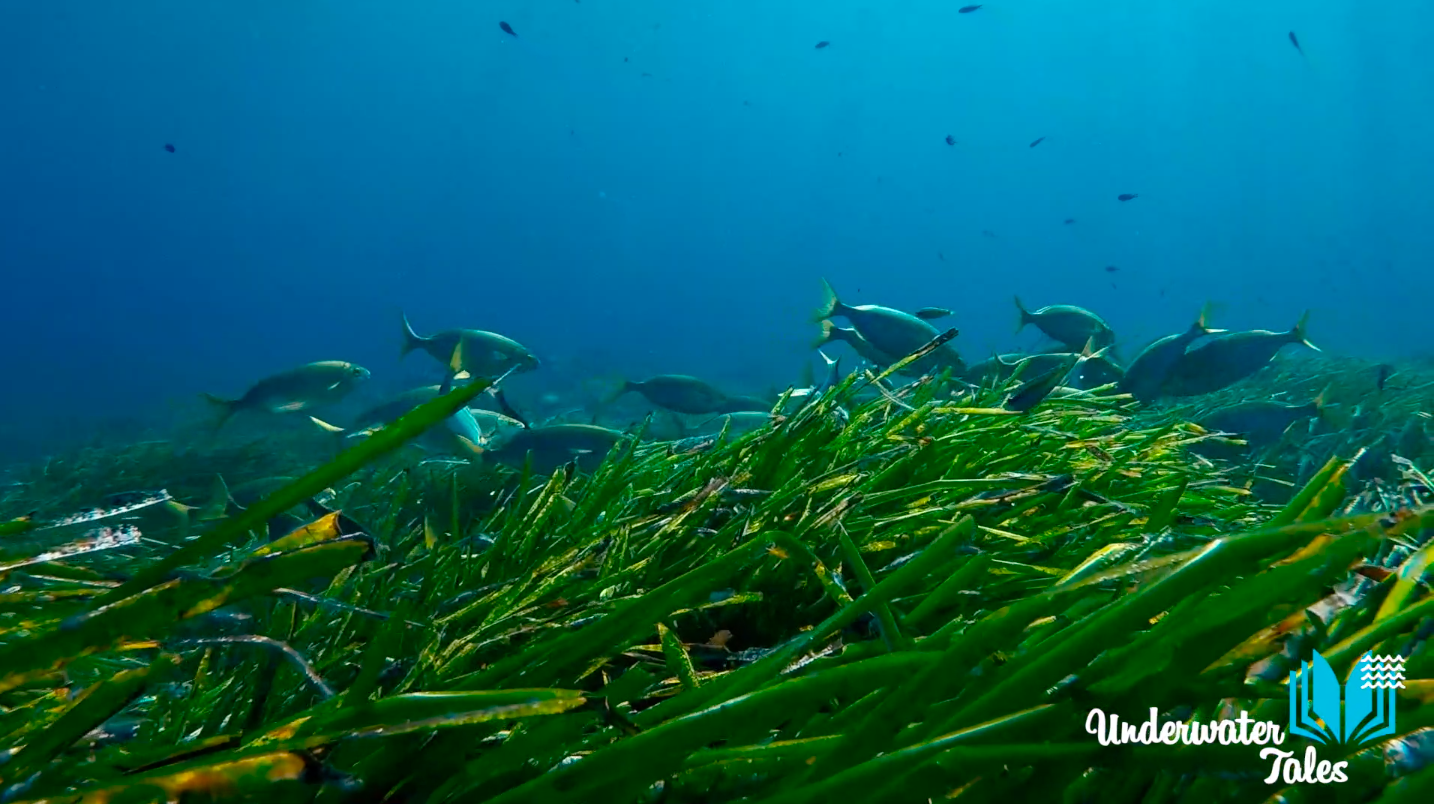
Cosa rende la salpa un pesce allucinogeno?
A study published in 2012 in In Vitro Cellular and Developmental Biology linked phytoplankton, part of the Sarpa salpa diet, with high levels of toxicity in fish organs. This high toxicity causes hallucinations, putting a strain on the physical and mental well-being of human beings. However, it is still unclear what toxins are involved. Some hypotheses point to the alkaloids of the indole group which have a chemical structure similar to that of LSD; others claim it may be a hallucinogen called dimethlytrypthamine (DMT).
The salpa is not always poisonous, but it is not known when it can poison. It seems that some parts of the body, including the head, are highly toxic while others are free of hallucinogens. The study published in 2012 states that the hallucinogenic effect may depend on the season and mentions autumn as the time of year in which Sarpa salpa has the highest toxicity.
In short, if you go to the Côte d’Azur, be careful to the fish you order, and if you happen to taste it and experience 36 hours of pure terror, at least you will know the reason.
👌
Scientific mechanism aside, it is good to stay away from this fish, which also sails near us. It could be found anywhere, so check it out before you ingest it. Or, in any case, it is better to avoid eating the head, where the psychotropic substances would concentrate. Unless you are looking for “crazy days”.


